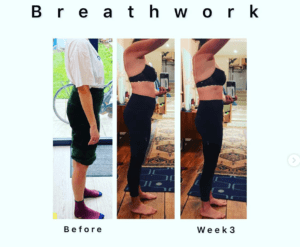[vc_row type=”in_container” full_screen_row_position=”middle” column_margin=”default” column_direction=”default” column_direction_tablet=”default” column_direction_phone=”default” scene_position=”center” text_color=”dark” text_align=”left” row_border_radius=”none” row_border_radius_applies=”bg” overlay_strength=”0.3″ gradient_direction=”left_to_right” shape_divider_position=”bottom” bg_image_animation=”none”][vc_column column_padding=”no-extra-padding” column_padding_tablet=”inherit” column_padding_phone=”inherit” column_padding_position=”all” column_element_spacing=”default” background_color_opacity=”1″ background_hover_color_opacity=”1″ column_shadow=”none” column_border_radius=”none” column_link_target=”_self” gradient_direction=”left_to_right” overlay_strength=”0.3″ width=”1/1″ tablet_width_inherit=”default” tablet_text_alignment=”default” phone_text_alignment=”default” bg_image_animation=”none” border_type=”simple” column_border_width=”none” column_border_style=”solid”][vc_column_text] The way you breathe has a huge impact on your body.
The way you breathe has a huge impact on your body.
The diaphragm is an ENORMOUS muscle and I think if we could see it and understood it’s impact, we would want to spend more time exploring its strength and ability.
We take around 20000 breaths A DAY.
If your breathing biomechanics are off, no wonder you don’t see any change doing abdominal strength work a few times a week, as if you can’t exhale fully or breathe into your back ribs or use your Zone Of Apposition 20000 times a day, you will just be reinforcing your detrimental patterns.
Retraining your breathing correctly, means you’ll be synchronising your abdominals with your ribs and your diaphragm and your psoas and your pelvis.
Like any habit, it takes constant awareness and work to create a change but studies have shown it take a few weeks to program that change and 12 weeks to make it a new habit.
Internal organs will benefit – in the first picture there is a lot of gravitational pressure on the bladder, womb, colon, you can see how over time this could lead to prolapse.
The pelvic floor has no choice but to be hypertonic (constantly contracting) to attempt some support but this makes it weak over time. It’s having to do ALL the work to push back against downward gravitational force which should be distributed between the abdominals & diaphragm.
For easy longevity we want to distribute the gravitational load and movement load evenly throughout the body.[/vc_column_text][/vc_column][/vc_row][vc_row type=”in_container” full_screen_row_position=”middle” column_margin=”default” column_direction=”default” column_direction_tablet=”default” column_direction_phone=”default” scene_position=”center” text_color=”dark” text_align=”left” row_border_radius=”none” row_border_radius_applies=”bg” overlay_strength=”0.3″ gradient_direction=”left_to_right” shape_divider_position=”bottom” bg_image_animation=”none”][vc_column column_padding=”no-extra-padding” column_padding_tablet=”inherit” column_padding_phone=”inherit” column_padding_position=”all” column_element_spacing=”default” background_color_opacity=”1″ background_hover_color_opacity=”1″ column_shadow=”none” column_border_radius=”none” column_link_target=”_self” gradient_direction=”left_to_right” overlay_strength=”0.3″ width=”1/1″ tablet_width_inherit=”default” tablet_text_alignment=”default” phone_text_alignment=”default” bg_image_animation=”none” border_type=”simple” column_border_width=”none” column_border_style=”solid”][image_with_animation image_url=”589″ animation=”Grow In” hover_animation=”none” alignment=”” border_radius=”none” box_shadow=”none” image_loading=”default” max_width=”100%” max_width_mobile=”default”][/vc_column][/vc_row]






